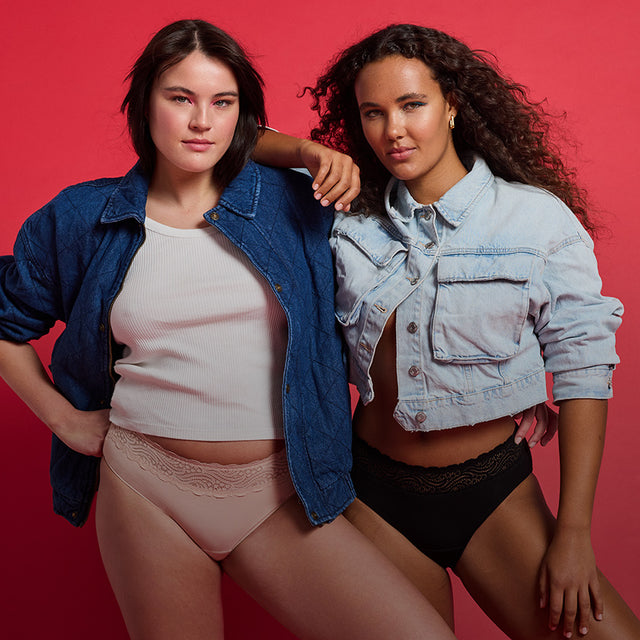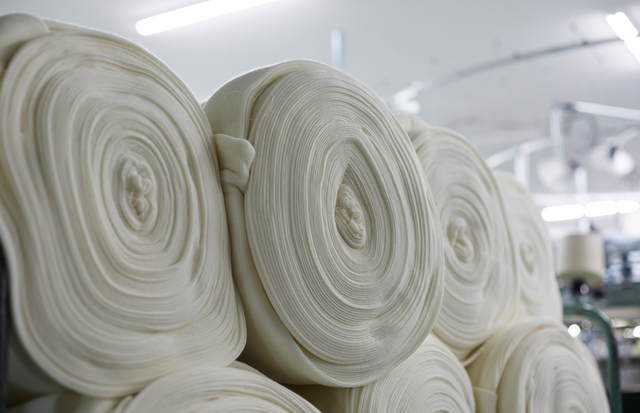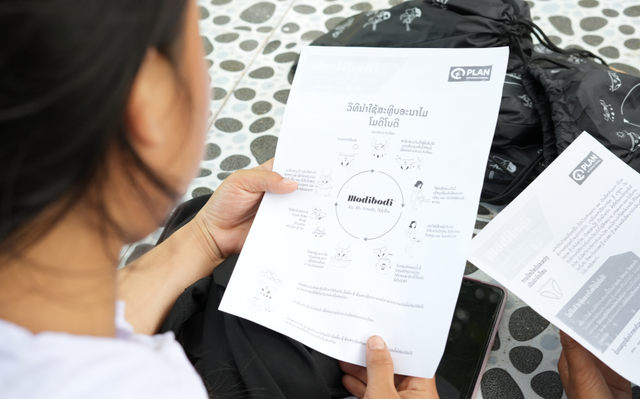We use Merino wool because its super comfortable, naturally controls odour and is 100% natural and renewable. To unpack exactly why and how wool is perfect for our pants, we spoke to Dr Stewart Collie, a textile scientist with a PhD in textile chemistry, a background in advanced materials and Science Leader of Bioproduct and Fibre Technology at AgResearch.
Why do you like working with wool?
Wool has the combination of properties that elevates it above any other fibre. Its good from an environmental perspective, comfort perspective and its relatively easy to process.
Can you explain how wool has evolved?
Wool evolved to be clothing for sheep - warm-blooded mammals like us. It’s made of keratin just like our own hair and provides the protection and comfort needed for all climates. Wool absorbs moisture vapour and odour, regulates the wearers temperature and repels water naturally. Think about where you find Merino sheep – from outback Australia to the high-country of New Zealand – the same sheep, drastically different climates, but still Merino wool performs in ways to keep these sheep healthy and happy.
So, wool absorbs moisture but it’s also water repellent. Seems contradictory?
Wool has a highly hydrophilic interior of the fibre and relatively hydrophobic surface of the fibre. This means it attracts water into the inside of the fibre whilst repelling water from its surface which means the fabric doesn’t feel wet or clammy next to skin.
Why is Merino wool so good for underwear?
If you look at the wool fibre under a microscope, it’s an extremely complex structure – both physically and chemically. Because of this complex chemistry, wool can absorb a large amount of moisture – a third of its own weight – and not feel wet, so it keeps the skin drier and more comfortable. Wool also has this amazing ability to absorb odour. The inside of the fibre has this complex chemical structure that holds the odour so you can’t smell it. Then when you wash the fabric the odour compounds are removed, which makes the wool ready to do it all over again. Wool fibres also have natural elasticity and give, and Merino wool fibres are really fine making it super soft next to skin. Of course, wool is natural and renewable, so, unlike synthetic underwear, Merino wool fibre is part of the natural cycle, doesn’t cause microplastic pollution and isn’t reliant on fossil fuel inputs.
Why does wool absorb odour?
I’ve heard a theory that sheep developed wool that absorbed odour so that predators like wolves couldn’t smell them as easily. It certainly makes sense, but it’s not an easy theory to test! However, we do know that the mechanism for wool’s odour absorption relates to the extremely complex chemistry of keratin and its ability to trap and hold odour-causing volatiles – it’s the most sophisticated fibre we have!
How does wool perform compared to other fibres?
Wool is the best fibre at preventing odour. Under control tests it always comes out best. Cotton is generally the next best, then nylon, then polyester and polypropylene last.
If wool absorbs lots of odour, does it start to smell at some point?
In theory it would eventually slow down its absorption but in all the testing we’ve done, we’ve found it takes many wears before wool reaches saturation of odour absorption.
What about bacteria, how does wool prevent bacteria growth?
Wool doesn’t actively kill bacteria – which is a good thing! We have millions of bacteria all around and on us and the vast majority are harmless or beneficial for us. However, what we know about wool suggests that it creates a climate that probably helps to inhibit bacterial growth. This is good because the overgrowth of bacteria can cause odour and if harmful bacteria were able to proliferate, that can lead to problems like infections and things that would be a threat to immune compromised people.
What’s a common myth about wool?
There was this idea that you could be allergic to wool. It’s extremely unlikely for a human to be allergic to wool because it’s made of the same stuff that human hair is made from! The idea came from people wearing really coarse wool that itched the skin (this is known as ‘prickle’ and is a real reaction people can have) but now we all wear Merino wool next to skin which is extremely fine and soft, so itchy or prickly wool is a thing of the past – in fact recent studies have even shown fine Merino is beneficial for people with the skin condition eczema.
So, is wool the ultimate fibre?
I think it is. It’s the most sophisticated fibre. Its complexity gives it this combination of properties that really can’t be matched by other fibres. Even NASA have started wearing wool in space!
Dr Stewart Collie biography
With a desire to work in science and engineering Stewart won a scholarship to study textile technology at the University of NSW, Australia. He then completed a PhD at Massey University in New Zealand before working in intelligent textiles and advanced materials in the UK. Wool is a natural fit for many problems Stewart has tried to solve, and an ongoing focus of his work is to understand why wool is so versatile.
Stewart currently leads a team of researchers developing advanced bio-based materials including 3D printed medical implants and tissue scaffolds made from wool keratin. The aim is to create bio-compatible materials that biodegrade, and Stewart is finding that wool is a perfect fibre for this.
Visit Stewart's LinkedIn here.








